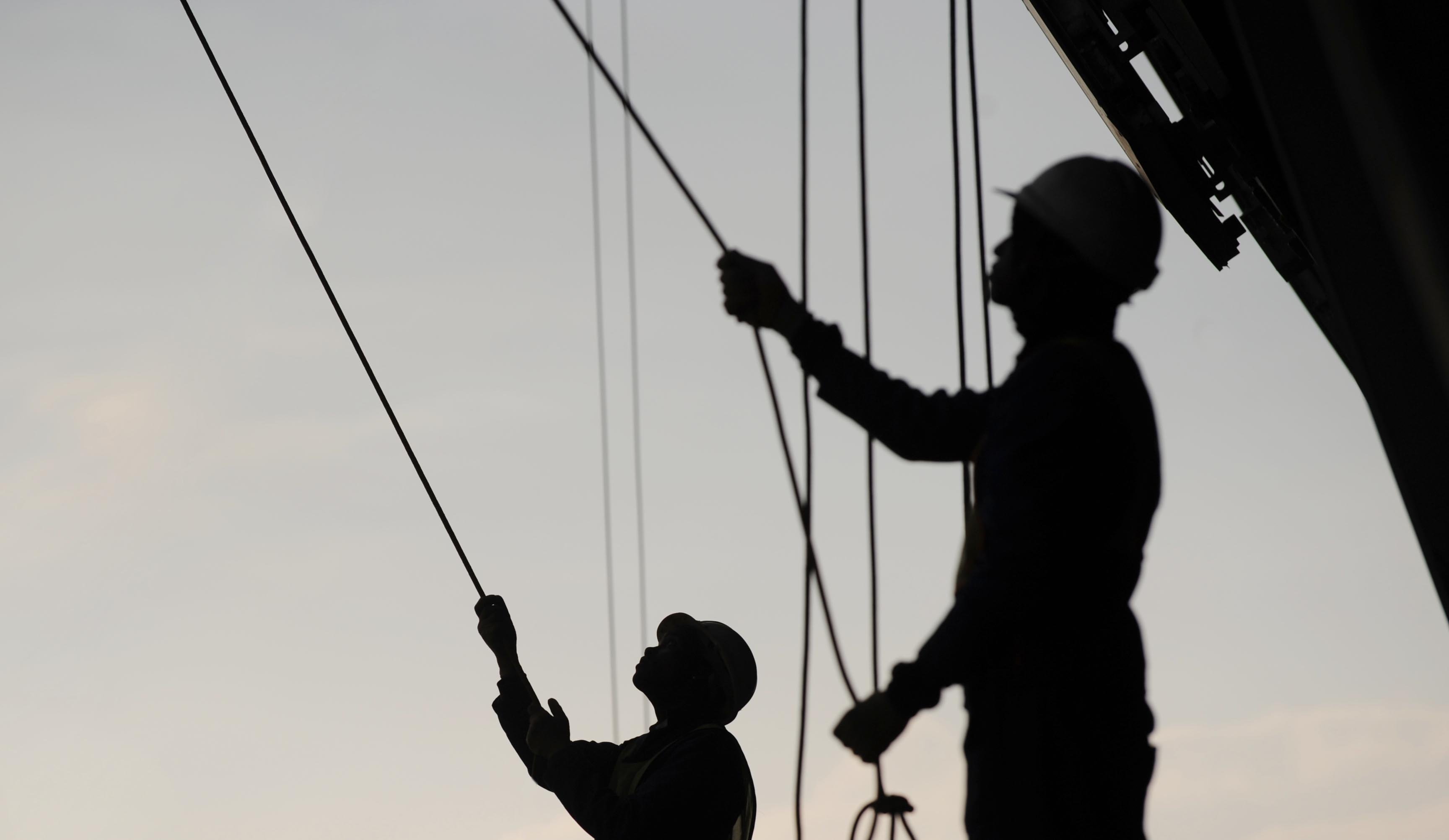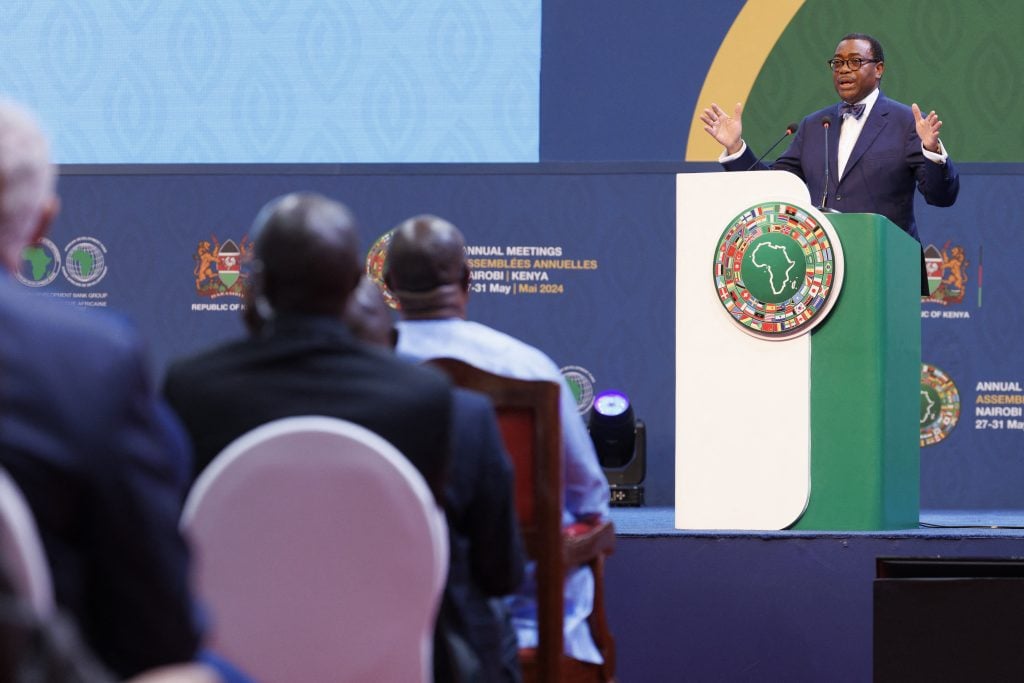
The first period is from the dawn of democracy until the collapse of Lehman Brothers sparked the global financial crisis in September 2008 and opened the second period.
On 29 May 1998 former President Thabo Mbeki, gave his “Two Nations” speech in Parliament in a special debate on reconciliation. He said: “A major component part of the issue of reconciliation and nation building, is defined by and derives from the material conditions in our society which have divided our country into two nations, the one black and the other white… One of these nations is white, relatively prosperous, regardless of gender or geographic dispersal… The second and larger nation of South Africa is black and poor,” he said.
From the time he served as a Deputy President Mbeki recognised, and argued, that changing an economy cannot be done on an ad hoc basis in a single but rather through a series of reforms over a long time. One of the key early reforms, was the creation of the South African Revenue Service in 1997, at the recommendation of the Katz Commission. Revenue collection, which now stands at a gross of R2 trillion ($109bn) a year, has been one of the key underpinnings of the success of South Africa’s democracy.
It has allowed the democratic state to provide a range of public goods such as education, including no-fee schools, healthcare, and social grants, including the Social Distress Relief Grant since Covid-19. It also enabled the National Treasury to provide billions in tax relief.
One of the best reforms was the introduction of the Medium Term Expenditure Framework (MTEF) in 1997, which brought certainty to public finances through three-year spending cycles.
The Growth, Employment, and Redistribution (GEAR) Strategy of 1996 set out a policy of fiscal consolidation and investment in infrastructure.
A key driver of growth has been spending on infrastructure by government and state-owned enterprises as well as the private sector. This is measured through Gross Fixed Capital Formation (GFCF). The 2012 National Development Plan aims to have GFCF reach 30% of GDP by 2030, with two thirds from the private sector. Foreign direct investment is required to be at least 10% of GDP.
The Development Bank of Southern Africa conducted econometric simulation runs in 1998, which estimate that for every R1bn ($54bn) invested in infrastructure, some 20 000 jobs are created, gross output rises by R2.1bn, the value added to gross domestic product is R945m and the government receives R252m in taxes.
The GFCF-to-GDP ratio peaked at 19.8% in 2008, driven by infrastructure projects in the build-up to hosting the 2010 FIFA World Cup, and an acceleration of social infrastructure delivery such as the National Electrification Programme, a clinic building and upgrading programme and construction of rural roads and water projects to address the inequalities created by apartheid.
The growth rate in the early years of democracy was disrupted by the Asian/Russian currency crisis of 1997/8, and the 9/11 terror attack in 2001, and the 2008 global financial crisis. Since then, South Africa’s recovery in economic growth and job creation has lagged that of its middle income, emerging market peers.
There is little question that electricity supply has been South Africa’s biggest challenge, and has affected investment in the economy. The frequency and intensity of loadshedding, which made its first shock appearance in 2007, ramped up from 2018 to 2023. In the second quarter of 2024 efforts by government and business, as well as household investment in solar panels, appears to be paying off, with more than 50 days of load shedding reported by mid-May.
In September 2018, ten years after the global financial crisis, the Business Confidence Index stood below the neutral 50 level. The period since has seen an acceleration of implementation of reforms in energy, telecoms, and logistics sectors among others.
Since 2023 this has been bolstered by formal cooperation between business and government. This has started to bear fruit, with green shoots such as in improvement or the amount of solar capacity installed by both households and businesses and a steady improvement in container volumes being handled. While challenges remain, South Africa has an opportunity to use the six years to 2030, the target period of the National Development Plan, to intensify economic reforms and create a foundation for a decade of medium to high economic growth.
This post first appeared on African Business





Recent Comments